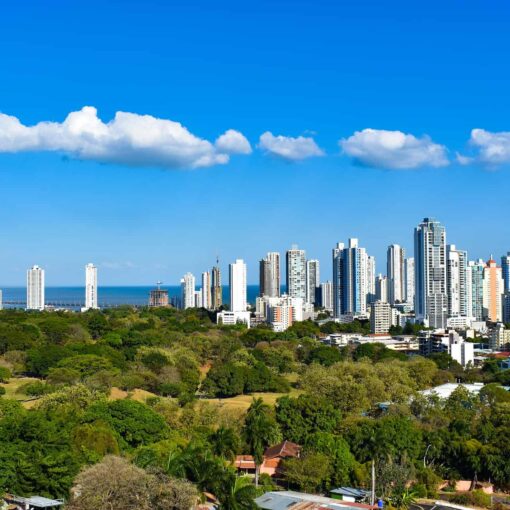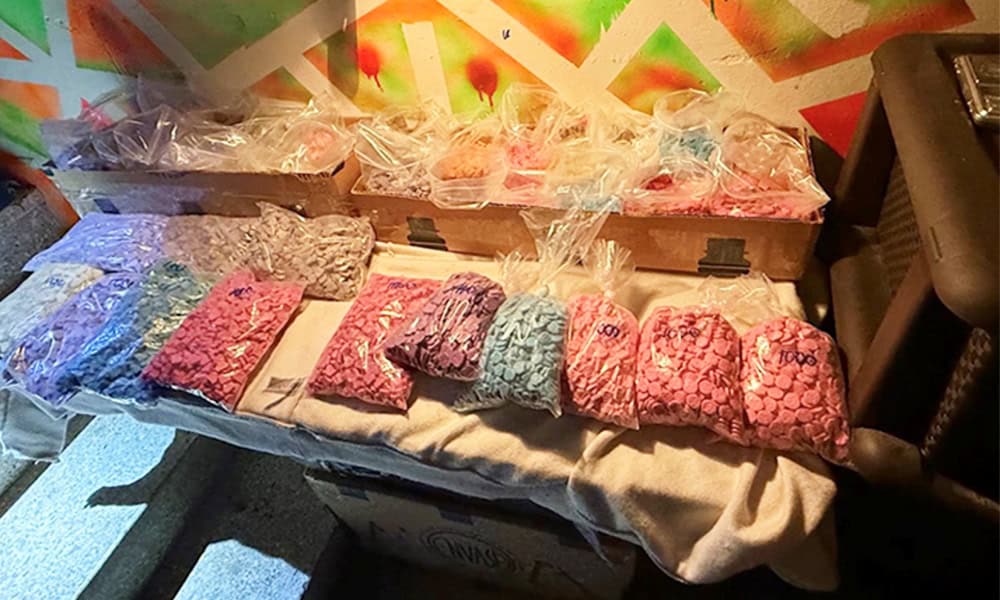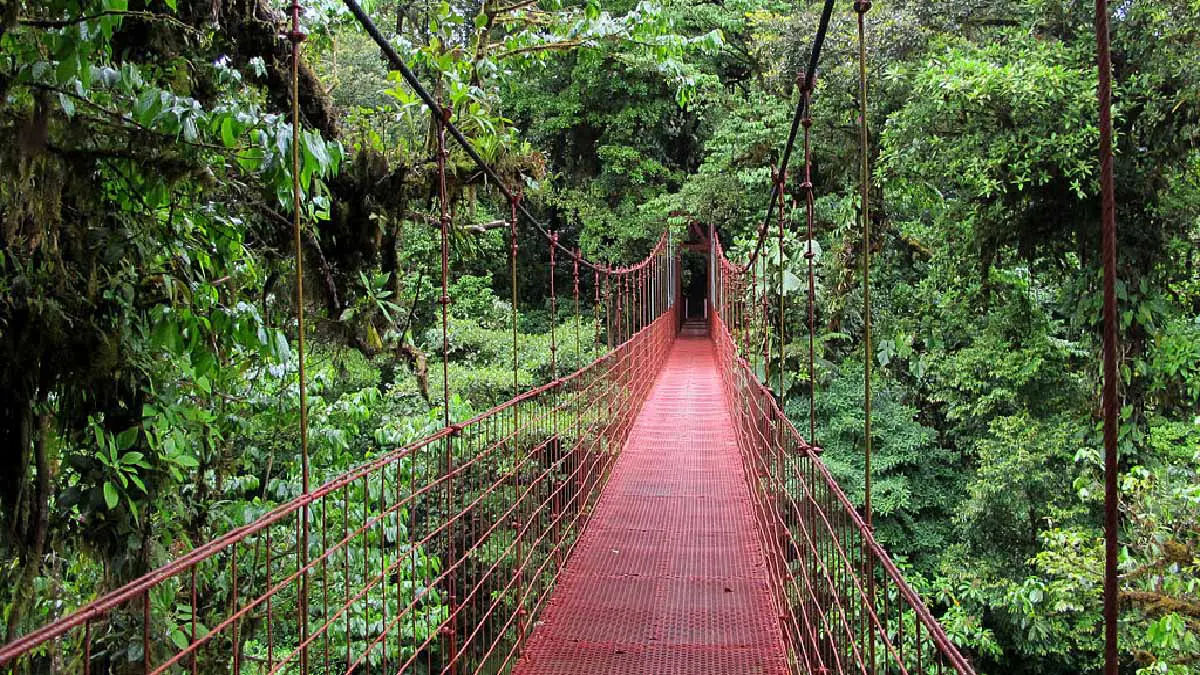Costa Rica, July 2025 – When surf, cinema and “Pura Vida” collide, you get a tidal wave of excitement—and that’s exactly what happened on May 31, 2025, at Jacó’s iconic Surfer House. The inaugural Costa Rica Surf Film Festival, presented by Rip Curl under the banner Surfing República, crowned Pura Vida Bodysurfing its Audience Choice Award winner—a short film that strips surfing to its most elemental form and, in the process, reclaims bodysurfing as Costa Rica’s next big cultural phenomenon.
Below, we dive deep into the festival’s sun-soaked debut, the film that stole the show, and why bodysurfing is more than a sport—it’s an ocean-born art form breathing new life into Costa Rican surf culture.
The Festival Stage: Rip Curl, Surfing República and Jacó Walk
From Concept to Coastline
Long a pilgrimage site for sun-chasers and wave-riders alike, Jacó Beach boasts a nightlife-to-surfline ratio second to none. This May, its Surfer House—perched at the beating heart of Jacó Walk—transformed into a pop-up cinema, complete with concessions, post-screening Q&As and an art exhibit curated by Romina Cejas.
- Host: Rip Curl, the global surfwear titan, lent its branding muscle and industry clout.
- Venue: Surfer House at Jacó Walk—an open-air, warehouse-style space that buzzed with festival energy under strings of festoon lights.
- Lineup: Ten Costa Rican surf films, each offering a distinct lens on the country’s wave scene—from the reef breaks of Playa Hermosa to secret reef breaks known only to local legend.
Surfing República’s debut wasn’t just about screening reels; it was an immersive showcase of Costa Rica’s surf ecosystem, integrating live music, photo galleries and a surfboard showcase by Channel Islands Surfboards, highlighting the synergy between craftsmanship and coastal culture ticotimes.net.
The Film That Stole Hearts: “Pura Vida Bodysurfing”
Riding Waves without a Board
At the top of the program stood Pura Vida Bodysurfing, a 20-minute ode to wave-riding in its purest form. Directed by Felipe Sanchez and Dennis Monge, the film follows:
- Pablo Solano, a Costa Rican bodysurfing pioneer whose every curl-hugging carve embodies the country’s free-spirited ethos.
- Spencer Dunlap, an American expat and founding force behind the Bodysurf Collective, whose passion bridges continents and generations.
Together, Solano and Dunlap travel the length of Costa Rica’s Pacific coastline—chasing barrel-perfect waves from the thundering lefts of Puerto Viejo, to the point breaks of Pavones, and the reef-charged swells of Roca Bruja and Salsa Brava ticotimes.net.
Cinematic Mastery: In-Water, Aerial and Land
What sets Pura Vida Bodysurfing apart is its visual poetry:
- In-water shots: GoPro-style footage that places viewers inside the wave, feeling the rush of green walls and whitewater.
- Aerial sequences: Drone sweeps that map Costa Rica’s jungle-lined beaches and fractured reef systems.
- Land cinematography: Slow-motion captures of surfers sprinting toward breakers, fins in hand, embodying the primal thrill of the chase.
Accompanying these images is an original soundtrack by California bodysurfer Sami Freeman, interwoven with local tracks from Abedúl, Cocofunka, Magpie Jay and Patterns—a musical tapestry as colorful as the surf spots themselves.
Audience Choice Award: A Surging Victory
Festival Verdict: The People’s Pick
By the festival’s final curtain, Pura Vida Bodysurfing had earned the coveted Premio del Público (Audience Choice Award)—a clear sign that the film’s message of elemental surfing struck a chord with Costa Rica’s surf community.
- Voting process: Attendees rated each film on handheld devices, with results tallied in real time.
- Competitors: Included heavyweight productions on skate-and-surf crossovers, women’s surf empowerment and environmental narratives spotlighting reef conservation.
- Margin of victory: A commanding 25% lead over the runner-up, underscoring the local passion for bodysurfing’s resurgence ticotimes.net.
Rip Curl’s CEO in Costa Rica lauded the win, noting:
“This award isn’t just for Solano and Dunlap—it’s for every surfer who ever dared to forego a board and ride the waves with only their body.”
Surf Culture Meets Cinema: More Than Just Waves
From Fringe to Forefront
Historically, bodysurfing has played second fiddle to board surfing, relegated to beachside amusement or lifeguard training. Yet this festival—and Pura Vida Bodysurfing in particular—spotlights how bodysurfing:
- Bridges skill sets: Lacking a board, bodysurfers rely on ocean literacy—reading currents, tides and reef contours.
- Embodies accessibility: With minimal gear needs (swim fins and a passion for the sea), bodysurfing democratizes wave-riding.
- Cultivates community: From Playa Grande to Dominical, bodysurfers share knowledge across generations, forging bonds deeper than reef cracks.
By placing a bodysurfing short at the festival’s pinnacle, organizers signaled that cinema can reshape surf hierarchies, elevating once-underground disciplines to mainstream reverence.
Bodysurfing: Revival of an Ancient Art
Origins and Evolution
Long before fiberglass and foam became standard, surfers rode waves on their torsos and chests:
- Polynesian roots: Archaeologists trace bodysurfing back to early Pacific islanders, who revered the ocean as both playground and provider.
- Modern revival: In the 1950s and ’60s, pioneers like Tom Blake and Jack O’Neill experimented with swim fins, transforming bodysurfing into a refined practice.
Costa Rica’s turbulent swells and varied reef breaks made it a natural crucible for bodysurf progression:
- Unpatrolled beaches: Many stretches lack lifeguards, so locals historically mastered bodysurfing as a survival skill—learning currents, rip rescue techniques and breath-holding tactics.
- Equipment barriers: Fins once cost hundreds of dollars; today, regional distributors like Costa Verde in Uvita (an official DaFiN partner) stock high-performance fins and even donate them to local lifeguards, broadening access ticotimes.net.
Gear and Community: Fins, Lifeguards and Camps
The DaFiN Effect
Quality swim fins are the engine of bodysurfing. Without them, maintaining speed and control in powerful waves is nearly impossible. Enter:
- DaFiN Fins: Renowned for their lightweight polymer construction and ergonomics, DaFiN fins are now standard-issue for bodysurfing Olympians and lifeguards alike.
- Costa Verde’s initiative: By donating fins to lifeguard teams from Tamarindo to Puerto Viejo, the shop ensures that ocean safety and bodysurf prowess grow hand in hand.
Lifeguards Turned Bodysurf Instructors
Costa Rican lifeguards—once solely tasked with beach rescues—are incorporating bodysurf drills into their training regimens:
- Curriculum excellence: State-certified first responders learn specialized techniques for navigating shorebreaks and reef zones without a board.
- Community clinics: Monthly workshops at Playa Hermosa and Dominical introduce beginners to bodysurf fundamentals, from duck dives to wave timing.
These initiatives underscore how public safety and surf culture reinforce each other, forging a new generation of ocean-confident citizens.
Festival Highlights: Awards and Exhibits
Beyond the Audience Award
While Pura Vida Bodysurfing garnered top honors from viewers, the festival recognized excellence in multiple categories:
- Best Editing: A kinetic montage of surf travel by Costa Rican-German duo WaveRiders Collective.
- Best Cinematography: A moody, nighttime reef-dive sequence earning cinematographer María Soto accolades.
- Best Musicalization: Sami Freeman’s evocative score, which wove analog synths with traditional Costa Rican percussion.
- Best Story: A heartfelt narrative on female bodyboarders breaking gender norms in Guanacaste.
Art, Boards and Beats
- Romina Cejas’s Art Exhibit: A 12-piece collection blending surfboard resin art with indigenous motifs—inviting viewers to ponder the intersection of culture and craft.
- Channel Islands Surfboards Showcase: Prototypes and custom quads displayed alongside historic fin designs, underscoring technological evolution in rideables.
- Live DJ Set: Local stalwarts DJ CocoFunk spun vinyl surf rock between screenings, keeping toes tapping on sand-colored concrete.
These complementary elements transformed the festival from a passive viewing experience into a multi-sensory surf carnival.
A Wave of the Future: Impact on Costa Rican Surf Scene
Catalyzing Bodysurf Tourism
Thanks to the spotlight on bodysurfing:
- Tour operators in Jacó and Tamarindo report a 40% uptick in bookings for bodysurf-specific excursions.
- Eco-lodges are bundling surf lessons with bodysurf clinics, catering to travelers seeking off-grid thrills.
- International attention: Film blogs and surf magazines from Australia to Brazil picked up the Audience Award news, positioning Costa Rica as a bodysurfing mecca.
Nurturing Next-Gen Talent
Local surf schools—once focused exclusively on board riding—are expanding their curricula:
- Junior bodysurf leagues for ages 8–16, complete with time trials and style points.
- Scholarship programs for underprivileged youth, providing fins, rash guards and pro coaching.
- University-level partnerships: Academia-industry alliances studying wave dynamics and human performance in race-like conditions.
By institutionalizing bodysurfing education, Costa Rica cements its role as a global innovator in wave-riding culture.
Conclusion: Surf, Screen and Soul
The Costa Rica Surf Film Festival’s triumphant launch and the runaway success of Pura Vida Bodysurfing signal a turning point for both surf cinema and Costa Rican wave culture. On one hand, filmmakers like Felipe Sanchez and Dennis Monge have proven that short-form surf documentaries can captivate audiences with technical artistry and emotional depth. On the other, bodysurfing—long overshadowed by board sports—is surfing a renaissance, propelled by innovative gear, lifeguard-driven safety training and community-centered camps.
From the thundering barrels of Puerto Viejo to the long lefts of Pavones, the message is clear: you don’t need a board to touch the soul of the ocean. As this festival shifts into high tide for its next editions, one thing is certain—Costa Rica’s surf scene will never look at a wave the same way again.
Source link
Admin



